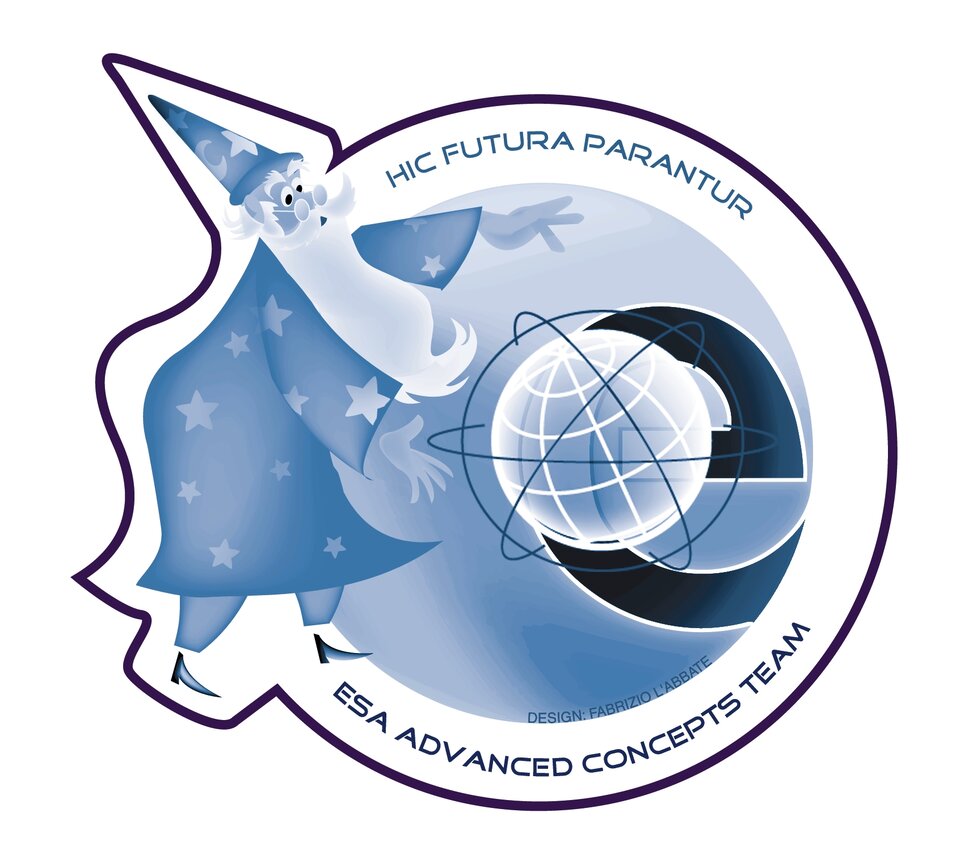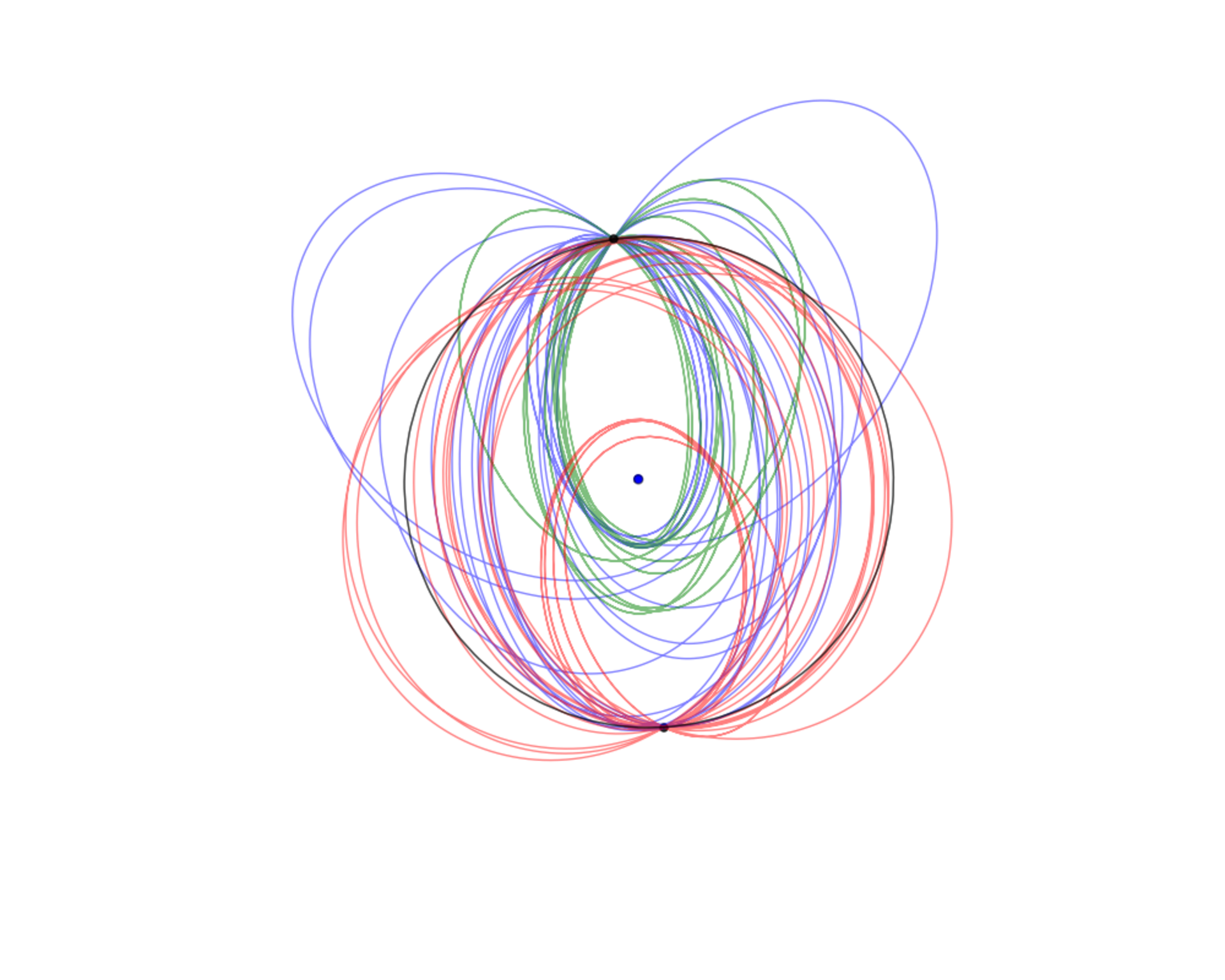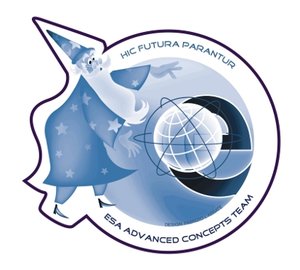ESA team wins America’s Cup of rocket science
An ESA team has won the latest Global Trajectory Optimisation Competition, organised by NASA’s Jet Propulsion Laboratory and popularly dubbed the ‘America’s Cup of rocket science’.
This was the eighth Global Trajectory Optimisation Competition, an international contest challenging the world’s best aerospace engineers and mathematicians to set the course of a space mission through space to solve a nearly impossible problem.
This year’s winner was a team called ACT–ISAS, made up of past and present members of ESA’s Advanced Concepts Team thinktank.
The challenge? To design a trajectory for a trio of spacecraft tasked with performing combined observations of radio-emitting objects far out in the Universe.
The spacecraft would map the sources using an astronomical technique called ‘very-long-baseline interferometry’ – by precisely combining their separate observations through long-distance formation-flying they can acquire an equivalent imaging resolution to a single giant radio telescope.

But in order to achieve this they have to be lined up along a plane and pointed at the radio source. And to save scarce propellant, lunar gravity assists and low-thrust propulsion had to be used to perform each fresh manoeuvre.
Some 36 teams registered in May for this latest competition, including teams from the US, China, Europe, Brazil and India. After taking about a month to design an optimal interplanetary trajectory, 17 teams were able to return solutions, which were in turn validated and ranked.
The assessment process itself was sufficiently challenging that it lasted a few suspenseful months, but JPL has now released the official ranking.
“It was an outstanding team achievement,” remarked Dario Izzo, leading the team and ACT scientific coordinator. “Within one month of intense computation, we had to develop and test several new mission analysis techniques in order to propose our best design.
“It is remarkable that our team was composed of experts not only of mission analysis but also artificial intelligence, applied mathematics and fundamental physics. This eclectic mix was crucial in obtaining our result.”
ACT–ISAS’s first place was followed by a team from China’s Tsinghua University and a combined team of Polytechnic University of Turin, Thales Alenia Space and Rome University. The full rankings are available here.
The ACT–ISAS team was born as a collaboration between ESA and the Japan Aerospace Exploration Agency (JAXA), including former ACT members now working at JAXA’s Institute of Space and Astronautical Science.
ACT is ESA’s internal research thinktank, seeking to generate and exploit novel concepts for the space sector and identify promising science and technology trends for future use.
Members will be presenting their forecasts of future space exploration at this year’s ESTEC Open Day on Sunday 4 October. Please register to come along and meet them.





